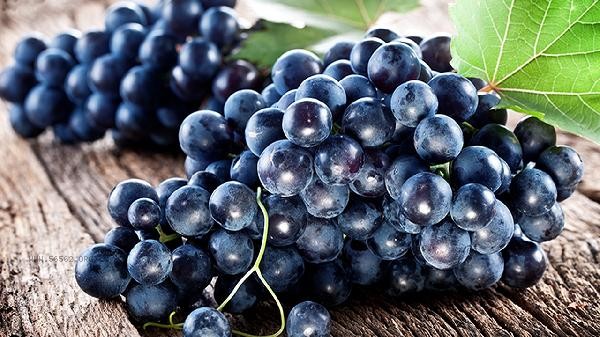When buying grapes, the choice between tight or loose clusters should be determined based on specific needs. For those who pursue high sweetness, the tight type is preferred, while the loose type is preferred.

Compact grape clusters are usually sweeter due to uniform light and concentrated nutrients, with smaller grains but a compact texture, suitable for direct consumption or making jam. These types of grapes are more resistant to storage during transportation, but it is important to note that the grains are prone to accumulation and damage. When purchasing, gently pinch the clusters to check their hardness and avoid selecting clusters that are too ripe, soft, or juiced. Loose grapes have large grain spacing and good ventilation and light transmission, which makes the single fruit develop more fully. They are suitable for consumers who pursue thick flesh, but the sweetness may be slightly lower and the proportion of stems may be higher. Its advantage is that it is easy to clean and consume individually, but it is prone to falling off during transportation. When selecting, one should observe whether the fruit stem is fresh and green.
Regardless of the type of grape chosen, it is recommended to prioritize selecting fruits with intact skin, no white frost shedding, and even fruit powder to avoid purchasing products with obvious mechanical damage or mold spots. Wrap the root of the fruit ear in a fresh-keeping bag during refrigeration to extend its shelf life. Gently rinse with running water and soak for ten minutes before consumption to help remove surface residues. People with high blood sugar levels should control their single intake, while those with weak gastrointestinal function are recommended to consume without skin to reduce irritation.








Comments (0)
Leave a Comment
No comments yet
Be the first to share your thoughts!